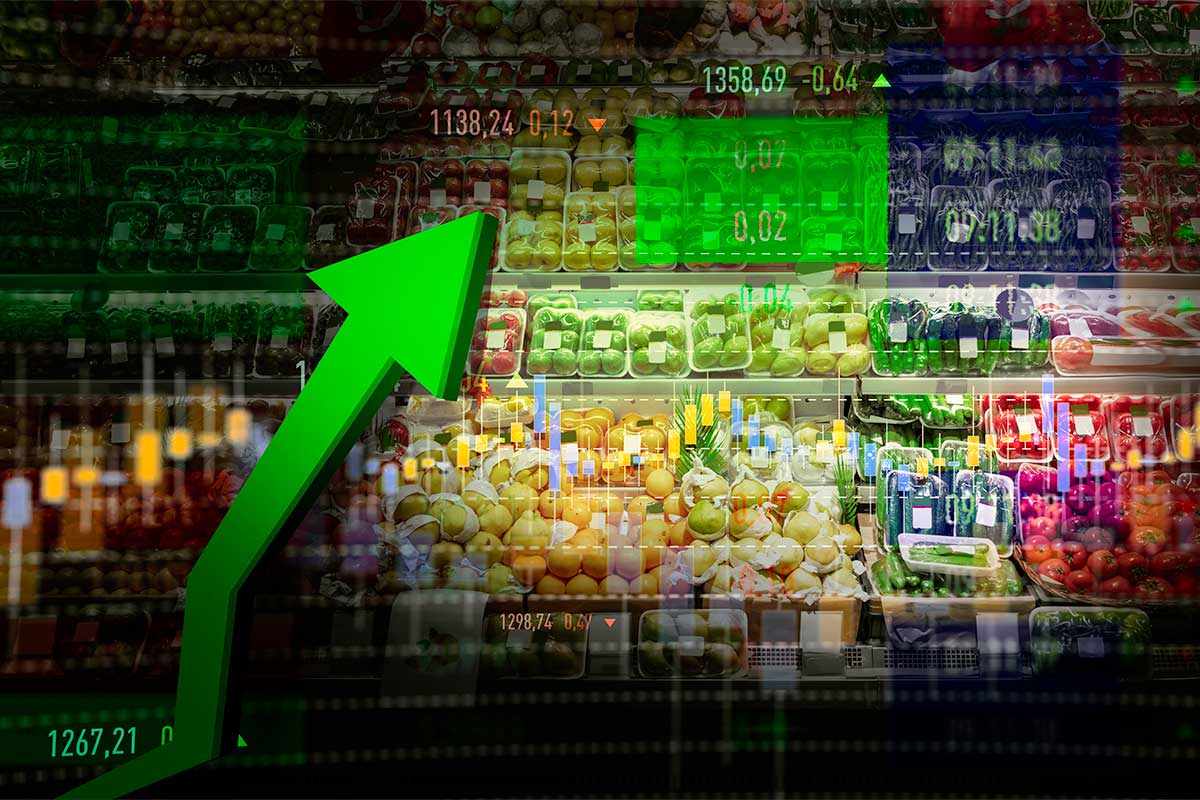In letter to Sunita Williams, PM Modi says “1.4 billion Indians praying for your good health and success”
Calling Williams one of the most illustrious daughters of India, Modi also invited her to the country.
India’s recent electoral results have highlighted a crucial issue that the nation can no longer afford to ignore: the tension between controlling food inflation and ensuring the welfare of farmers.

Representation image (Photo: iStock)
India’s recent electoral results have highlighted a crucial issue that the nation can no longer afford to ignore: the tension between controlling food inflation and ensuring the welfare of farmers. With food prices remaining stubbornly high, the government’s traditional strategies of export curbs and increased imports have come under scrutiny. These measures, while aimed at protecting urban consumers, have left the farming community disgruntled and financially strained. For over 45 per cent of Indians who depend on agriculture for their livelihood, the past few years have been particularly challenging. The imposition of export bans on staples such as rice and onions has prevented farmers from capitalising on higher international prices.
Simultaneously, the influx of cheaper imported goods has further depressed local prices, exacerbating the economic distress faced by farmers. This has led to a palpable sense of frustration and betrayal among those who feel that their interests have been sacrificed for the sake of urban consumers. The crux of the problem lies in the government’s dual mandate: to keep food prices affordable for the general population while also ensuring that farmers earn a fair income. The current approach of restricting exports of key commodities like rice and onions, coupled with lowering tariffs on imported goods, has primarily been an attempt to curb rising inflation. However, these policies have inadvertently suppressed farm incomes, sparking widespread discontent among rural voters who form a significant portion of India’s population. It is imperative for the government to reassess its food policy framework and find a more balanced approach.
Advertisement
One viable solution could be to ease export restrictions on certain commodities where there are surplus stocks, such as rice. With state granaries overflowing and predictions of a favourable monsoon, allowing rice exports could help stabilise domestic prices and provide much-needed relief to farmers. Additionally, lifting export curbs on onions could address the acute dissatisfaction in key agricultural states like Maharashtra, where farmers have struggled to recover their production costs. Beyond immediate policy adjustments, there is a need for long-term structural reforms aimed at enhancing agricultural productivity and resilience. Investing in modern farming techniques, improving irrigation infrastructure, and providing better access to credit and markets can significantly boost crop yields and farmer incomes. Moreover, revising the government-mandated support prices to reflect actual production costs and market conditions more accurately would go a long way in ensuring fair compensation for farmers.
Advertisement
Another crucial aspect is improving the efficiency and reach of the procurement system. Ensuring that government agencies buy crops at support prices, particularly in regions where farmers are struggling, can provide a safety net against market volatility. Combined with better storage and distribution facilities, this can help reduce postharvest losses and ensure that farmers receive the full benefit of their labour. Ultimately, addressing the food policy dilemma requires a holistic approach that balances the needs of both consumers and farmers. While controlling food inflation remains important, it should not come at the expense of rural livelihoods.
Advertisement